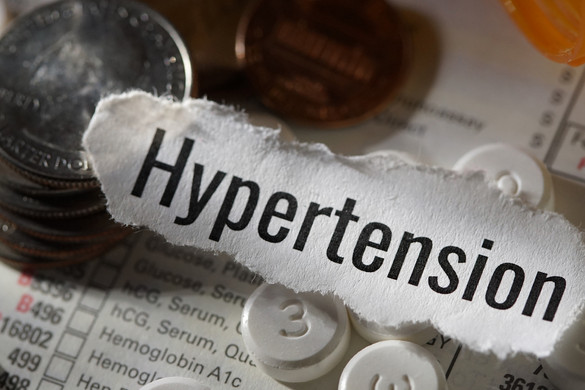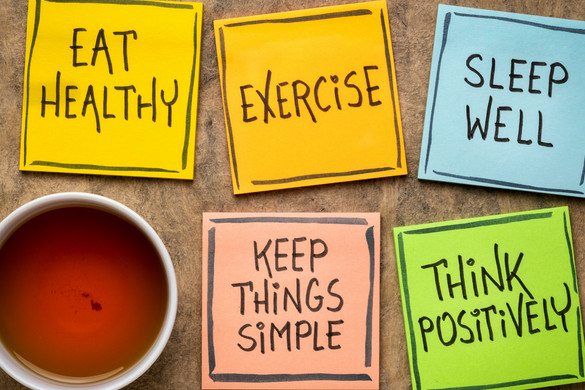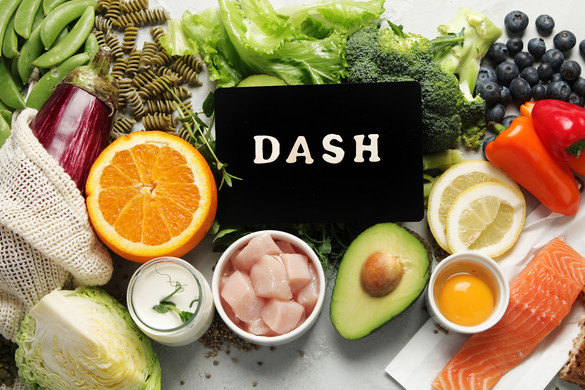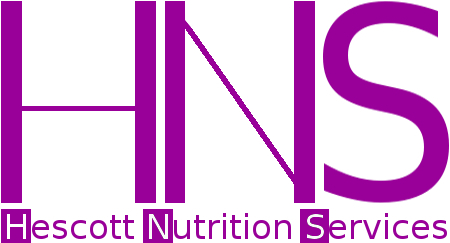.
Welcome to my blog!
.
Wondering About Healthy Blood Pressure?
By Hescott Nutrition Services | posted in June 2024 | Healthy Blood Pressure, Hypertension, Health Lifestyle, Sodium and Healthy Blood Pressure, The DASH Diet and Healthy Blood Pressure.
High blood pressure, also known as hypertension, is called the “silent epidemic,” because many people have it, and it rarely shows any warning signs or symptoms. It’s easy to miss if you’re not looking out for it. According to the Centers for Disease Control and Prevention (CDC), almost half of the adults in the US have hypertension, and most don’t have it under control. In 2019, this resulted in over half a million deaths. High blood pressure can be very dangerous because it increases your risk for a heart attack, stroke, kidney disease, and blindness. This is why regular blood pressure screening and incorporating a healthy diet and lifestyle are very important.

The foods you eat impact various aspects of your health, and it's never too late to begin enjoying a more heart-healthy diet. One diet, specifically designed to help with high blood pressure, is known as the DASH diet (Dietary Approaches to Stop Hypertension). Research shows that it is effective.
Understanding Healthy Blood Pressure
Blood pressure measures the force your heart must exert to keep blood flowing through your vessels. Consider it the difference between water flowing through a flexible hose and a stiff, narrow pipe. The pressure requires to push water through the hose is much less than through the pipe. Similarly, higher blood pressure means more force is exerted on your vessels, leading to potential damage to both the heart and the vessels, especially when high blood pressure persists for many years. Maintaining healthy blood pressure is crucial to prevent this damage and ensure overall cardiovascular health.
A normal blood pressure reading is 120/80 mm Hg. The first number, 120 mm Hg, represents the systolic pressure in your vessels when your heart beats. The second number, 80 mm Hg, represents the diastolic pressure in your vessels between beats. Blood pressure slightly higher than these values is considered "elevated." However, if your blood pressure exceeds 130/80 mm Hg, you may be diagnosed by your doctor with hypertension.
High blood pressure typically develops over many years and can result from diabetes, obesity, or insufficient physical activity. It can also sometimes occur during pregnancy. The good news is that there are ways to manage high blood pressure and reduce your risk of heart disease, such as angina, heart attack, and heart failure; stroke, kidney disease, and vision loss.
Healthy Lifestyle for Healthy Blood Pressure

Several healthy lifestyle habits can lower your risk of high blood pressure. First, avoid smoking, as it is linked to numerous health problems, including heart issues.
Another important lifestyle habit for maintaining healthy blood pressure and overall health is engaging in at least 150 minutes of physical activity each week. This can be achieved with just 30 minutes of exercise per day, five days a week. Managing stress positively is another effective strategy for maintaining healthy blood pressure.
Sodium and Healthy Blood Pressure

Your nutrition significantly impacts your blood pressure. Certain nutrients can either raise or lower it, depending on your intake. Potassium, magnesium, calcium, fiber, and protein are associated with lower blood pressure. Conversely, sodium is the most well-known nutrient linked to increased blood pressure.
According to the American Heart Association, the more sodium you consume, the higher your blood pressure. Sodium is a component of the salt compound sodium chloride. One of the largest sources of sodium in the diet is not the salt shaker in your kitchen but the sodium hidden in processed and packaged foods.
A recent study enrolled 20,995 participants with a history of stroke or high blood pressure to investigate whether using a lower-sodium salt substitute could reduce their risk of stroke, heart incidents, and death. Half of the participants continued to use regular salt, while the other half used a salt substitute consisting of 75% sodium chloride and 25% potassium chloride. After nearly five years, those who consumed the lower-sodium salt experienced fewer strokes, heart incidents, and deaths. Their risks were reduced by 12-14%, a substantial decrease given the millions of people at high risk from hypertension.
The DASH Diet and Healthy Blood Pressure

A specific dietary pattern and food recommendations have been developed for managing hypertension. The DASH diet has been recognized as one of the best overall diets by U.S. News, ranking high in categories such as heart health, healthy eating, diabetes management, ease of following, and overall effectiveness. Harvard Health also praises the DASH diet, stating, “research supports the use of the DASH diet as a healthy eating pattern that may help to lower blood pressure and prevent or reduce the risk of cardiovascular diseases, diabetes, kidney disease, and gout.” Some studies indicate that the blood pressure-lowering effects of the DASH diet can be comparable to those achieved by people taking medication for stage 1 hypertension.
The DASH diet is full of heart-healthy foods with blood-pressure-lowering nutrients. The recommendations for a 2,000 calorie per day intake include:
- whole grains (6-8 servings/day)
- fruits (4-5 servings/day)
- vegetables (4-5 servings/day)
- low-fat dairy (2-3 servings/day)
- meat, poultry, or fish (no more than two 3 oz servings/day)
- fats and oils (2-3 servings/day)
- nuts, seeds, or beans (4-5 servings/week)
- sweets and sugar-sweetened beverages (no more than 5 servings/week)
The DASH diet limits very few foods and nutrients such as sodium, saturated and trans fats, red meat, sweets, and sugar-sweetened beverages.
As mentioned, the health benefits of eating a DASH diet are vast and include many of the most common diseases impacting adults.
When transitioning to a higher-fiber diet with more whole grains, fruits, and vegetables, it's important to do so gradually to minimize the risk of gas and bloating. You can achieve this by increasing your intake of these plant-based foods by one or two servings per week until you reach the recommended amounts.
Conclusion
If you have high blood pressure or want to adopt a healthier diet to reduce your risk of various diseases, the DASH diet might be ideal for you. The DASH diet is rich in highly nutritious foods that can help you enjoy a longer life free from stroke, heart disease, kidney disease, blindness, diabetes, and gout.
The DASH diet is considered one of the easiest to follow. It incorporates simple nutritional improvements, such as increasing your intake of whole grains, fruits, and vegetables.
If you want to learn more about starting or maintaining a path to healthy blood pressure, consult a registered dietitian nutritionist for guidance.
Are you worried about high blood pressure? Interested in how to best implement dietary and lifestyle habits to reduce your risk of heart disease and other issues? Go to to book an appointment, or call 347-915-3738.
